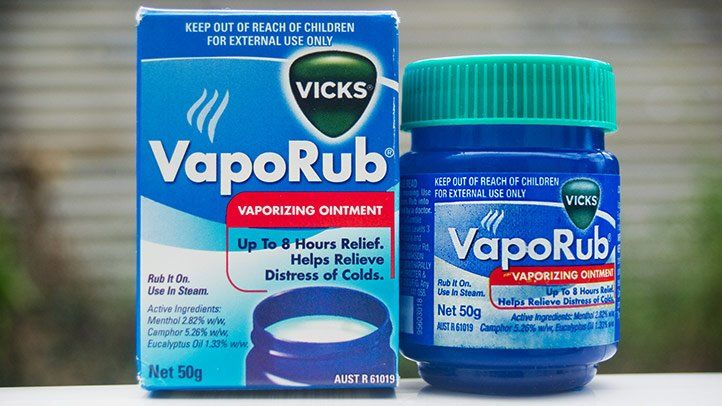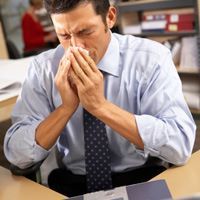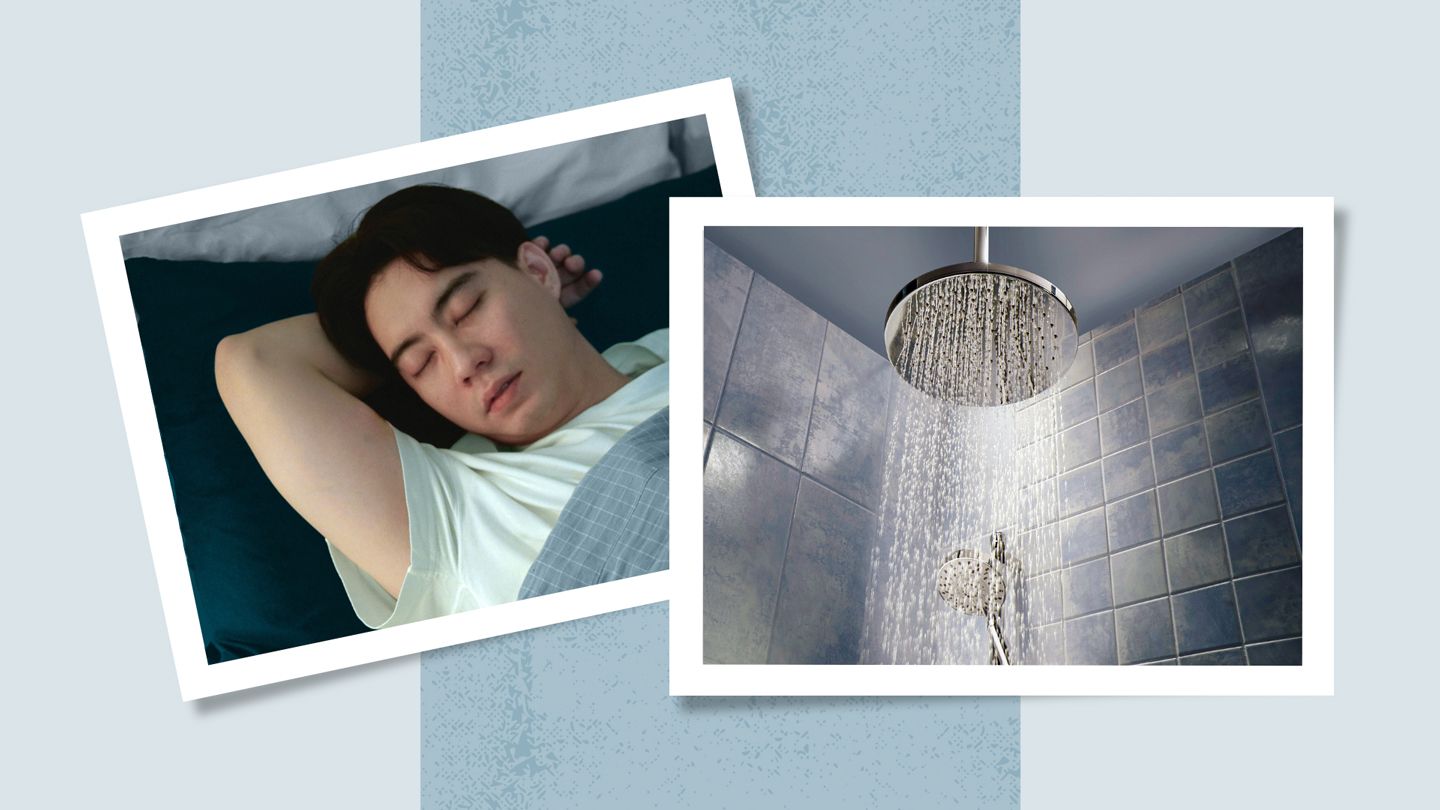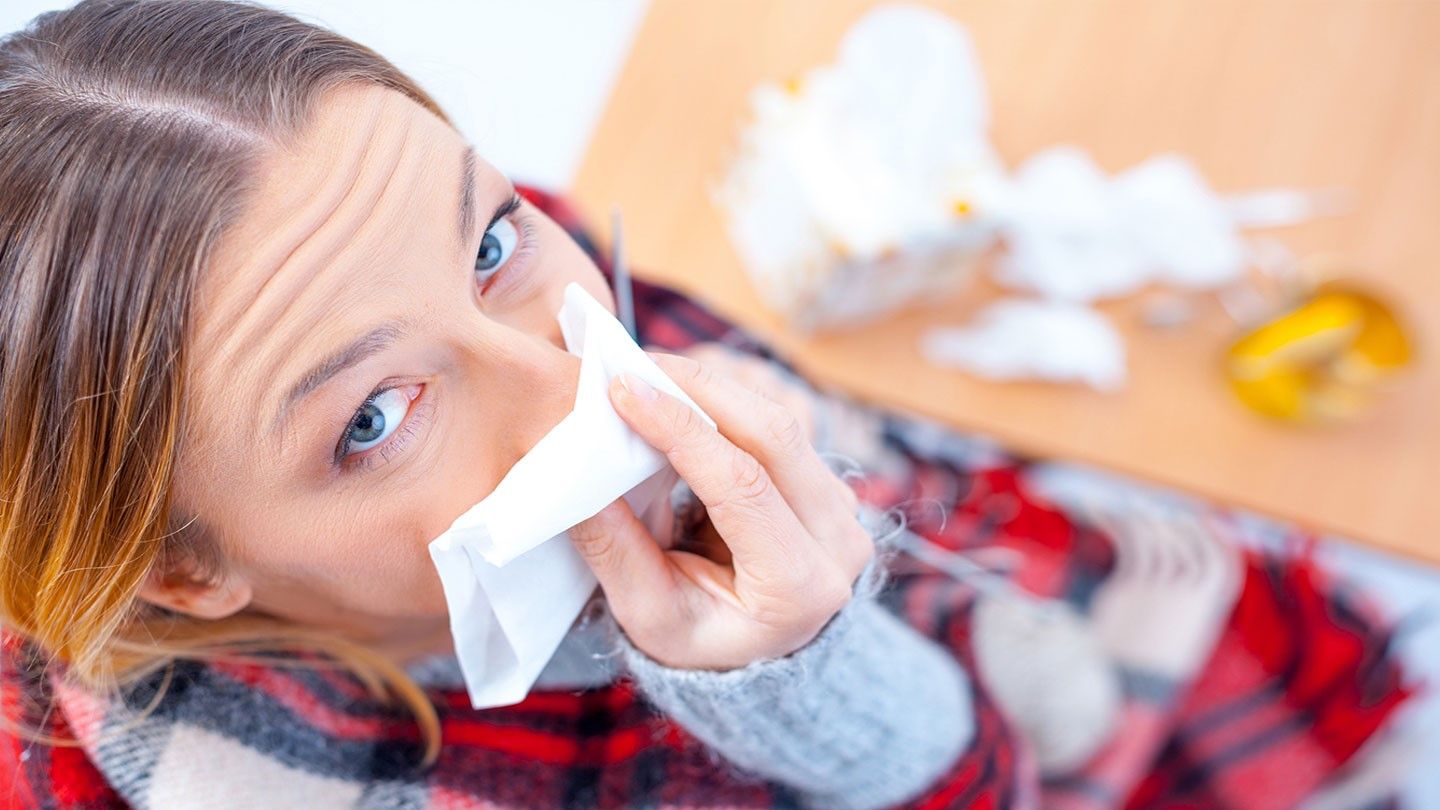Why Your Ears Hurt After Exercising in Cold Weather
If your ears start aching or hurting during or after outdoor running or workouts in the winter, you're not alone. Many active people find ear discomfort frequently accompanies physical activity in chilly conditions. But what exactly causes this cold weather earache? And how can you prevent and treat sore, painful ears when running or training out in the elements?
How Common Are Cold Weather Workout Earaches?
Complaints of uncomfortable, sensitive, or outright painful ears plague many who exercise outside across cold seasons. In fact:
- Upwards of 20-50% suffer ear discomfort due to indoor or outdoor cold exposure during winter months
- People exercising in cold, from runners to cyclists to cross country skiers, experience higher rates of transient aches versus more sedentary folks
So if your ears start hurting when running, working out, or even just walking long distances in frigid winter conditions, you have plenty of chilly companions!
Common Causes of Sore, Painful Ears After Cold Exposure
Multiple interconnected factors provoke earaches frequently from outdoor cold training:
Exposure to Wind & Drafty Conditions
External wind, drafty conditions, and airflow rushing against exposed ears significantly contribute to discomfort. The delicate skin simply struggles protecting sensitive inner structures from pronounced temperature fluctuations.
Chilly Air Penetrating the Ear Canal
When outside running in cold environments, just breathing sees freezing inhaled air directly entering your ear canal. This declines ear temperature dramatically and the inner canal fights unsuccessfully retaining body warmth very long.
Natural Cooling of Blood Flowing Through Small Vessels
Your outer and inner ears rely on numerous tiny blood vessels and capillaries to maintain temperatures. But in cold wind, this blood rapidly cools as it circulates through the narrow vessels. Your ear structures essentially lose their heat source against the cold assault.
Mechanisms Behind Painful, Aching Cold Ears
With ears exposed to cold external temperatures, multiple physical reactions explain increasing soreness and outright pain many feel over time.
Vasoconstriction Reduces Blood & Oxygen
Exposed to cold, the body instinctively constricts blood flow to extremities through vessels narrowing or vasoconstriction. This preserves core warmth but leaves ear tissue and nerves literally starved of blood and oxygen. These growing deprived nerves swiftly complain through worsening painful aches.
Fluid & Air Pressure Changes
Expanding and contracting air and fluids in your middle and inner ear accompanying temperature swings alsoannoys neighboring nervous tissue. Basically changes in pressure due to the cold irritate nerves already lacking proper oxygen and nutrition. This magnifies painful sensitivity symptoms dramatically.
Activates Certain Pain Receptors
The cold additionally directly excites particular pain nerves, just as heat activates skin receptors. For example, the transient receptor potential (TRP) cation channels react to decreased temperatures. So as ear tissues cool to various thresholds, more pain pathway nerves fire making discomfort progress to true hypersensitive pain.
Risk Factors for Developing Painful Cold Ears When Exercising
While many active folks in winter report sore ears, certain individuals face higher odds of earaches developing when training or competing in frigid conditions.
Susceptible to Raynaud's Syndrome
People predisposed to a condition named for French doctor Maurice Raynaud suffer episodic vasospasms reducing circulation to fingers, toes and ears. So these individuals profoundly feel painful ear effects of exposure when running or working out in any cold.
History of Frostbite Injury
If your ears suffered full frostbite damage previously, lingering nerve trauma makes you ultrasensitive even to milder cold. Regions affected by prior frostbite often overreact with exaggerated pain due to damaged cells.
Certain Medical Conditions & Medications
Various illnesses like anemia, hormone dysfunction, hypertension, cardiovascular disease and diabetes hamper normal circulation, as do some prescription drugs. With blood flow already impaired, cold worsens available oxygen and nutrients reaching delicate ear structures.
Autoimmune & Nerve Problems
Any autoimmune conditions directly harming blood vessels or nerves also worsen effects of cold temperatures through increased inflammation and neuropathy. These include rheumatoid arthritis, lupus, multiple sclerosis and chronic ear infections.
Preventing Painful Ears When Exercising in The Cold
Before heading out to train through winter conditions likely to provoke earaches, utilize these effective preventative tips:
Cover Ears to Limit Wind & Air Exposure
Wear well-fitted ear warmers, headbands or hats that securely wrap to protect ears without blocking them. The less direct air exposure, the less dramatic temperature drops internally.
Warm Ears Thoroughly Before Setting Out
Start your cold weather workouts with well-preheated ears. Blast them carefully with a hairdryer or gently massage to increase blood flow before exposing them to frigidness. Give them a defensive head start!
Hydrate Well & Eat Nutrient Dense Foods
Proper hydration keeps blood volume and flow steadier despite cold vasoconstriction effects. Also choose potassium, magnesium and iron rich foods to maximize circulation and oxygen carrying capacity.
Treating Painful Ears Post-Exercise After Cold Exposure
Utilize these proven methods to ease ear discomfort developed during or after winter activity and sports:
Move to Warm Conditions Quickly
Escape cold surroundings fast to allow ear tissues to rewarm. Get out of the freezing wind, head indoors, or a heated area promptly.
Apply Warm (Not Hot) Compresses
Gently compress a washed cloth soaked in warm water over your sore ears. The moisture and heat improves local blood flow to nourish oxygen-hungry nerves.
Try Over-The-Counter Pain Relievers
For more stubborn earaches after cold conditions, OTC pain pills like ibuprofen or acetaminophen can relieve swelling and discomfort short-term while ears recover.
Massage Around Ears to Boost Circulation
Gently rub the skin around your ears and work around the front and back of earlobes. This massage stimulates blood vessel activity feeding oxygen back into deprived nerves.
Stretch Neck & Shoulders to Reduce Tension
Since ear pain also commonly arises from tense upper trapezius and sternocleidomastoid muscles, basic stretches loosen connected neck and shoulders to provide relief.
When to Seek Emergency Care for Ear Pain & Damage
Most instances of everyday earaches and discomfort after exercising in cold resolve on their own utilizing the above prevention and treatment tips. However more worrisome red flags warrant urgent medical evaluation.
Trouble Hearing, Ringing, or Loss of Balance
If run or work out in the cold preceded distorted hearing, sudden ringing, or equilibrium issues, seek help fast. These indicate possible inner ear damage from prolonged cold threatening hearing loss permanence.
Sudden Severe Dizziness, Nausea or Vomiting
While mild nausea can accompany slow ear rewarming, abruptly extreme lightheadedness, vertigo or vomiting requires quick assessment. You may have succumbed to dangerous hypothermia, frostbite or heatstroke.
Numbness & White Appearance Around Ears
Skin blanching accompanied by deep tissue numbness points to frostbite injury severity demanding emergency intervention. Don't take the risk of overlooking what may appear subtle initial changes.
No Relief From Significant Pain Over 12-24 Hours
Expect typical post-cold workout ear discomfort fading within several hours indoors. But pronounced, unrelenting pains likely indicate additional complications from frostnip wounds or outer ear infections newly triggered.
Fever, Pus Drainage or Swelling Around Ears
Earaches not resolving also may stem from opportunistic bacteria or fungi invading susceptible cold-damaged tissue. Expanding redness, heat and fluids warrant same-day medical help before growing critically worse.
Avoiding Future Exercise Earaches Through Lifestyle Changes
Aside from bundled protection and warming measures during activity, athletes and outdoors enthusiasts suffering repeat cold earaches benefit modifying daily habits for stronger long-term resilience.
Improve Cardiovascular Fitness & Endurance Exercise
Boosting overall cardio capacity through aerobic and interval training allows sustaining improved circulation even in cold temperatures. Improved lung efficiency also warms inhaled air before reaching ears.
Eat More Circulation-Enhancing Foods
As mentioned earlier, emphasize heart and blood vessel-friendly nutrients like magnesium from leafy greens that facilitate lasting circulation gains. This pays dividends in body warmth retention.
Strengthen Upper Body, Shoulders & Neck
Many earaches arise secondarily through neck strain and poor shoulder endurance unable to support cold-protective wear. Targeted strength training prevents this extra injury factor.
Monitor High Blood Pressure or Cholesterol
Keep clinical risk factors like high BP, vessel plaque or unhealthy cholesterol managed through medications, diet and exercise. Optimize baseline vascular function before cold compromises things further.
Treat Any Existing Ear Infections or Nerve Conditions
Work closely with your doctor resolving recurring ear infections, autoimmune illness progression or neuropathy which magnify weather reactions. Healthy ears withstand cold far better.
While annoying, exercise-induced ear discomfort arising from outdoor cold rarely indicates serious problems alone if warmed gradually afterwards. But practicing preventative resilience daily and recognizing warning signs of additional injury remains key to safely enjoying winter fitness pursuits.
FAQs
Why do my ears hurt after I go running in the winter?
The cold wind, air exposure, and temperature drops irritate nerves and reduce blood flow to your ears when running outside in winter. This causes painful aching and discomfort that can last a while after returning indoors.
How can I stop my ears from hurting when I run in the cold?
Wear secure ear warmers or a hat to protect your ears from direct wind and air. Warm your ears gently before heading out. Stay hydrated and eat magnesium & potassium-rich foods to maximize circulation. Consider taking a pain reliever beforehand if very prone to cold earaches.
Is it normal for ears to hurt for a long time after running in the cold?
It’s common for mild aching to continue for up to several hours as your ear tissues rewarm gradually. But serious pain persisting over 12 hours or new hearing changes warrant seeing a doctor to rule out frostbite or infection.
What helps soothe aching, painful ears after coming inside from a cold winter run?
Try placing warm, moist compresses over your ears, take an over-the-counter pain medication, gently massage around the earlobes to boost circulation, or utilize heat pads and stretches to ease discomfort faster after coming back inside from the frigid outdoors.
Disclaimer: This article is for informational purposes only and does not constitute medical advice. Always consult with a healthcare professional before starting any new treatment regimen.
Related Coverage
Learn about the ongoing debate over just how effective Vicks VapoRub really is at treating coughs and colds. Get the facts on ingredient safety concerns and tips for proper usage....
Feeling awful but unsure if you're too sick for work? Take this quiz to decide if you should stay home and recover. Look for symptoms like fever, fatigue, infection, nausea....
Placing cough drops in hot tea makes an easy, convenient home remedy for coughs and sore throats. Learn how to maximize the benefits of vapor, menthol, and more....
Discover natural ways to find relief from flu misery including zinc, elderberry, vitamin D, garlic, soups, honey and more along with precautions for these home remedies....
Steamy, aromatic baths can temporarily provide congestion and cough relief via essential oils, herbs and other natural decongestants. Learn soothing bath remedies....
Learn whether you can safely take Advil and Dayquil simultaneously. Understand risks like organ damage and high blood pressure and follow best practices on dosing and timing....
Learn about using onions on feet as a home remedy. This folk remedy may help reduce inflammation, improve circulation, and provide natural relief for tired, aching feet....
Chigger season in Texas typically starts in spring and lasts through late summer, with peak activity in May, June and July. Learn how to identify bites and prevent misery....
Learn about causes of jaw pain when you have the flu. Discover tips for managing headache, body aches, fever and fatigue until influenza symptoms resolve....
From tumors to parasites to gruesome infections, doctors encounter many grim medical pictures. See some of the strangest images and the conditions behind them....









